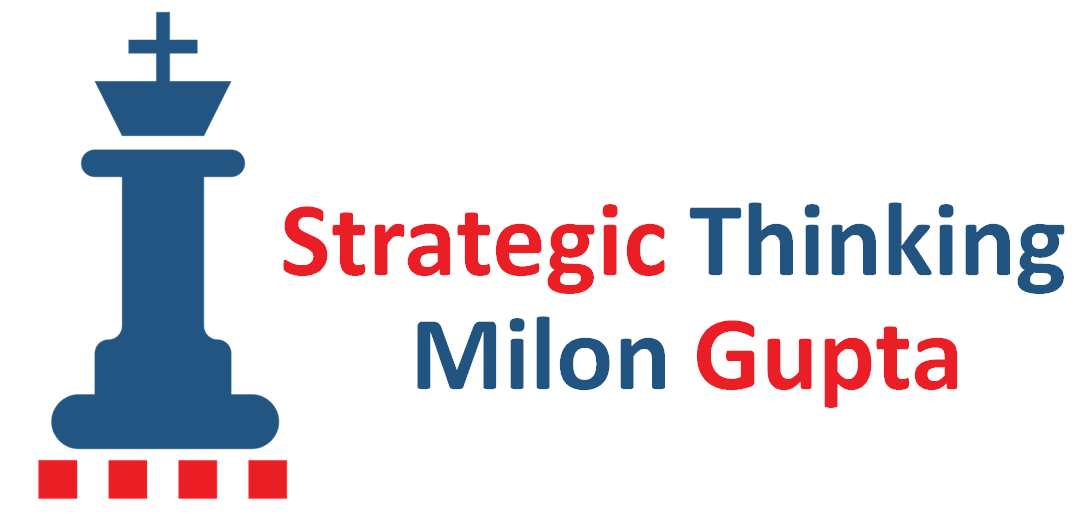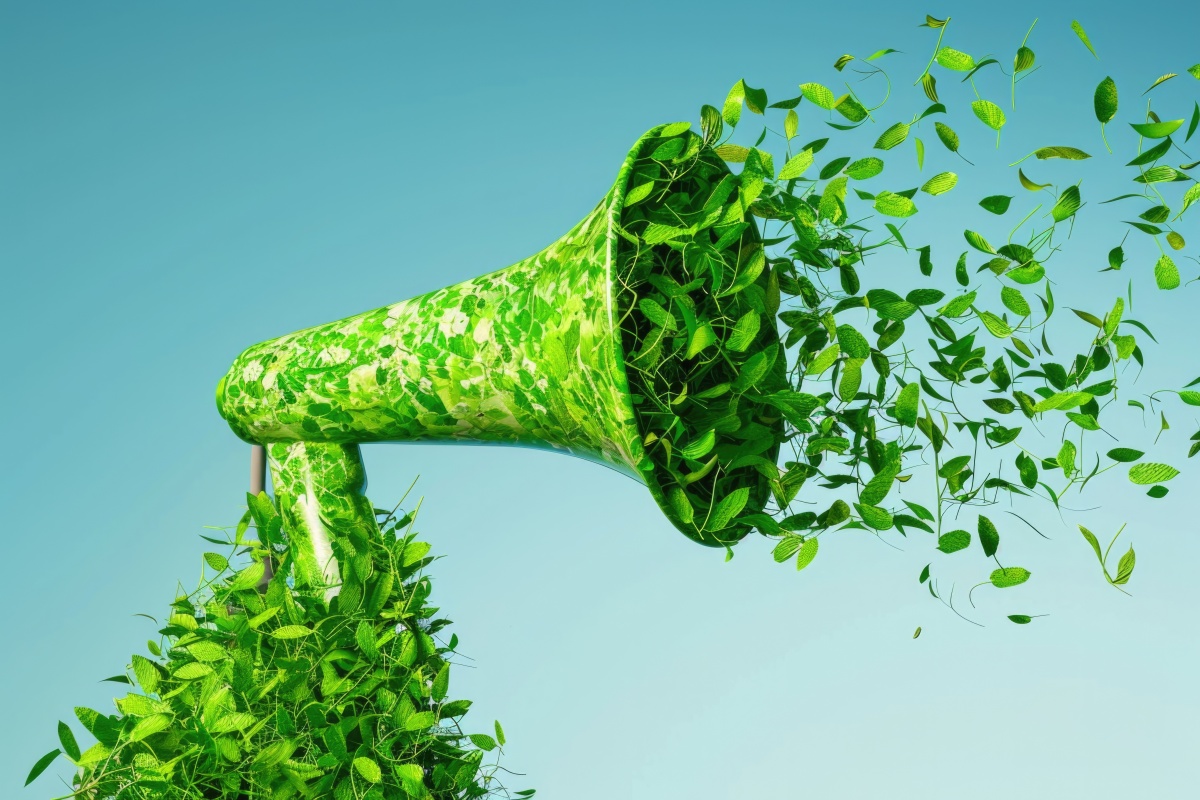The marketing managers of most companies are convinced of the benefits of sustainable marketing. At least, that is the impression given by the results of a 2022 survey: According to the survey, around 90% of respondents from several EU countries believe that it is worthwhile to invest in sustainability. And 5% of German companies plan to increase their budgets for sustainable marketing.
Competitive advantages through sustainable marketing
According to the same survey, particularly larger companies with more than 250 employees invest in sustainable marketing. They do this because they expect a number of economic benefits. Of the companies surveyed, 24% report that sustainable marketing has had a positive effect on their brand image and 20% that customer loyalty has increased.
So far, many companies, especially small and medium-sized enterprises (SMEs), have not sufficiently used the advantages of sustainable marketing. Sustainable marketing is not necessarily more costly than traditional marketing. In order to take advantage of the benefits, companies primarily need an effective marketing strategy. It should be part of a comprehensive corporate strategy with a focus on sustainability.
5 steps to sustainable marketing
The steps for developing and implementing a sustainable marketing strategy are the same as for traditional marketing. The differences lie in attitude, objectives and content.

1. Analyze the situation
The situation analysis should take into account as many factors and performance indicators as possible that are relevant to market success. These include:
- Sales and market development, especially with regard to the segment of sustainable products and services: How have customers’ attitudes, preferences and purchasing behavior developed?
- Positioning and competition: How does positioning, especially in terms of sustainability, differ between your own company and competitors?
- How have the framework conditions developed? Which trends are already foreseeable today and will become more pronounced in the future? A PESTEL analysis is recommended for this, in which political, economic, social, technological, ecological and legal factors are systematically examined. This includes, in particular, new regulations in the areas of sustainability, data and competition rules.
2. Define goals
In traditional marketing, the goals are purely profit-oriented and include, for example, sales per customer, number of new customers or sales and sales per customer. Content goals, which ultimately also serve profit, include, among other things, brand image and brand awareness.
In sustainable marketing, these goals are also relevant, but are supplemented by goals that take into account the company’s impact on society and the environment. An impact-driven goal could, for example, be the reduction of greenhouse gas emissions for all marketing measures.
3. Develop a strategy
The strategy determines how the company should achieve the defined marketing goals. It is usually made up of sub-strategies for market selection and market development:
- Market selection involves defining the markets and sub-markets in which the company’s own products or services are to be offered. This choice is usually made based on where the company expects the greatest success. In sustainable marketing, success does not necessarily mean achieving maximum short- or medium-term profit, but also developing positive social and ecological effects in the medium and long term.
- Market development is about positioning the company effectively in relation to market participants on the basis of the selected sub-markets and market segments. Market participants include primarily customers and competitors, but also sales intermediaries and other stakeholders. In accordance with the defined submarkets and market participants, the company defines a strategy of measures for the mix of product, price, distribution and communication.
4. Define performance indicators
In order for the company to know during and after the implementation of the marketing strategy to what extent it has achieved its marketing goals, it is necessary to define key performance indicators, also known as key performance indicators (KPIs).
Some classic KPIs are customer lifetime value, i.e. the actual and expected net revenue that a customer generates for the company from the first to the last purchase, cost per sale and customer acquisition cost, i.e. average acquisition costs per customer.
In addition to these classic KPIs, impact-oriented KPIs also play an important role in sustainable marketing, for example CO2 emissions per marketing campaign.
5. Implement the marketing mix
In the fifth step, the company implements its marketing strategy by implementing the coordinated measures for the marketing mix of product, price, distribution and communication.
Sustainability in the marketing mix
The marketing mix in sustainable marketing differs greatly in content from classic marketing. The focus is on long-term positive effects, which are achieved through environmental protection, fairness and transparency, among other things.

 Sustainable products
Sustainable products
Sustainable marketing starts with sustainable products. There are many products on the market that suggest sustainability, but only a few that are actually highly sustainable.
A clear example of a sustainable product is the HYDROPHIL toothbrush brand. The handle is made of bamboo, a rapidly renewable raw material, and the bristles are made of bioplastic based on castor oil, which is more quickly biodegradable than plastic based on crude oil.
Important criteria for assessing product sustainability are product lifespan, life cycle assessment and recyclability.
 Fair prices
Fair prices
Fair pricing for sustainable products means that both producers and consumers are treated fairly by ensuring appropriate wages and working conditions for producers while keeping prices affordable for consumers.
One example of this is Fairtrade-certified coffee. Certification and control ensure that coffee farmers receive a fair price for their beans that is above the global market price. This approach promotes sustainable farming methods and improves the living conditions of farmers.
 Resource-effective distribution
Resource-effective distribution
Resource-effective distribution of sustainable products means that the supply chain and logistics processes are designed to minimize the consumption of resources and reduce environmental impact.
An example of sustainable distribution is the e-vehicle fleet of logistics service provider DHL. DHL uses electric vehicles for parcel delivery in urban areas. These vehicles do not cause any direct CO2 and particulate matter emissions. Through intelligent route planning, DHL also minimizes the number of trips required, thereby reducing the required power consumption.
 Transparent communication
Transparent communication
Transparent communication for sustainable products means that companies provide clear and honest information about their sustainability efforts and do not make misleading or exaggerated claims.
A good example of this is the natural cosmetics and pharmaceutical manufacturer Weleda, which communicates openly about its raw material procurement. Weleda’s supply chain system is certified according to the standards of the Union for Ethical BioTrade (UEBT).
5 recommendations for sustainable marketing
When developing and implementing a sustainable marketing strategy, it is important that it is embedded in the company’s overall strategy and culture. This is the only way the company can appear credible and gain customer trust.
The following recommendations are intended as a suggestion for marketing managers who want to promote sustainable marketing in their company.
- Sustainable products: Develop and market products that are made from environmentally friendly materials and produced under sustainable conditions. Communicate the environmentally friendly properties of your products clearly to appeal to environmentally conscious consumers. Reputable certifications and labels such as Fair Trade or FSC can increase credibility.
- Fair prices: Set prices that both reflect the value of sustainable materials and production methods and are affordable for your target group. Transparent pricing policies are important – explain how prices are composed and how they support fair wages and environmentally friendly practices. This strengthens customer trust in your brand.
- Resource-effective distribution: Optimize your supply chain to minimize your company’s ecological footprint. Use environmentally friendly packaging, reduce energy consumption and choose low-carbon transport methods. Implement local distribution centers to shorten transport routes and reduce environmental impact.
- Transparent communication: Inform your customers honestly and openly about your sustainability efforts. Report on progress, challenges and goals in regular sustainability reports and special information pages on your website. Avoid greenwashing by providing concrete examples and evidence of the claimed sustainability of your products and processes.
- Customer loyalty through sustainability: Create incentives for customers to participate in sustainability initiatives. For example, offer programs for recycling old products, reward customers for environmentally conscious behavior or create a community that supports sustainability. Committed customers are often more loyal and act as ambassadors for your brand.
The change from traditional to sustainable marketing requires not only strategic decisions but also changes in attitudes and behavior among managers and employees. If you would like to accelerate this change with external support, you are welcome to arrange a free, non-binding online conversation with me.

